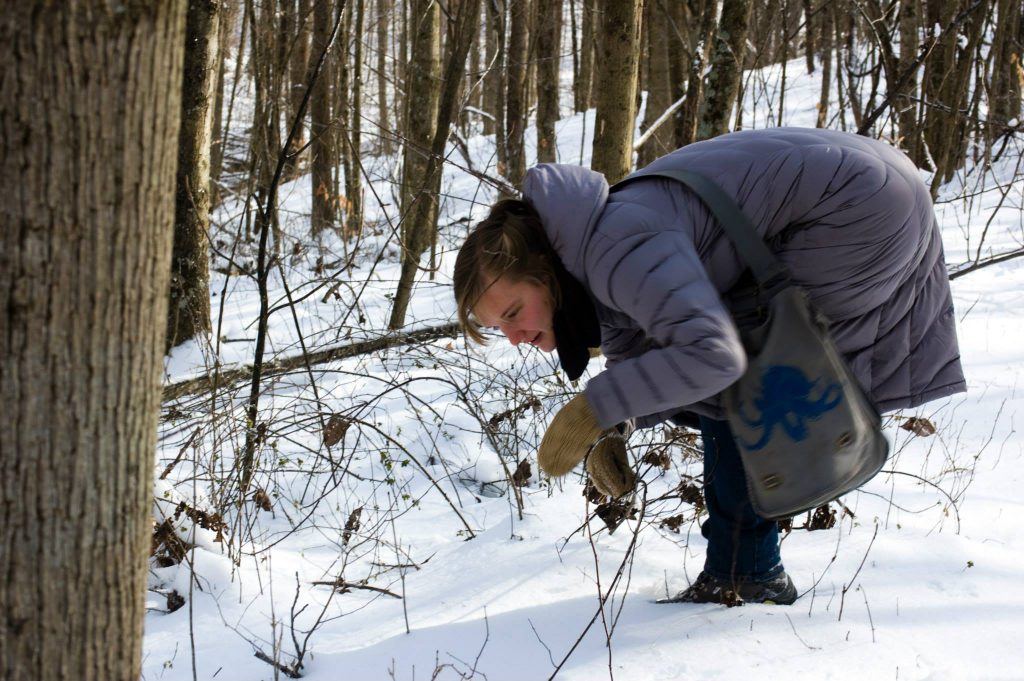
Winter…everything has turned from green to brown, and seems quiet. But if you know how to look, you’ll see how plants are surviving the cold and darkness. And you can also gather plants to help you have food and warmth, even in winter!
On this week’s virtual field trip, we’ll show you how plants survive the winter–and how plants can help people through winter too!
Attend the virtual field trip, Friday, January 15 at 10:30am on Zoom.
Gather information about plants by reading this post.
Play a matching game to practice identifying plants in winter vs summer.
Gather winter plants. We share four ways you can eat
, drink, or make fire from plants in this post.Virtual Field Trip, Jan. 15 at 10:30am
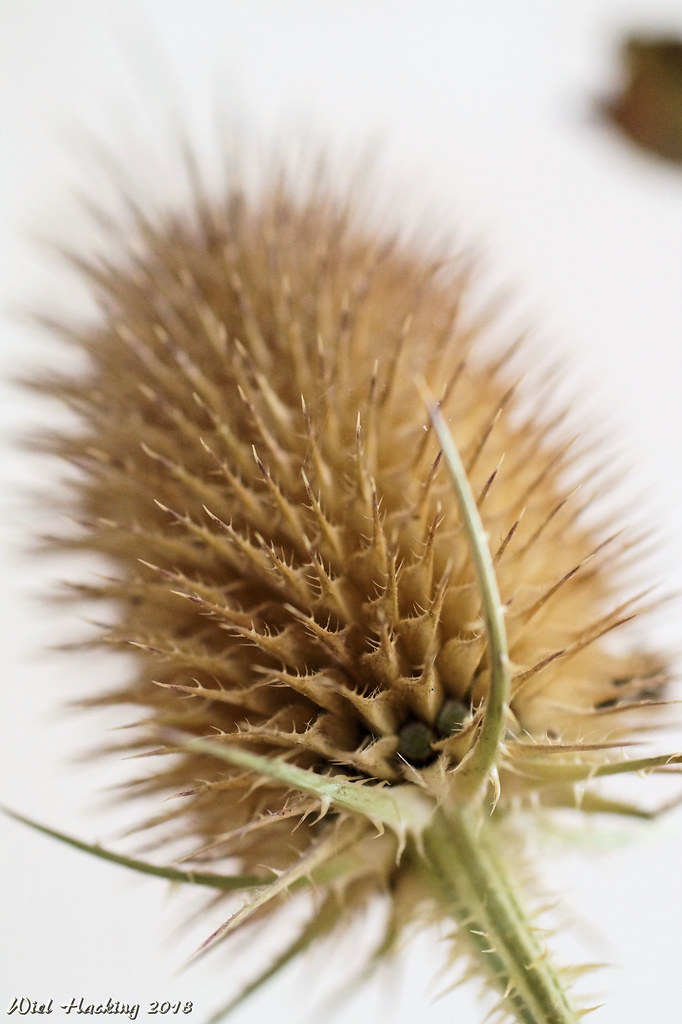
Every Friday from 10:30 to 11-ish am, we hold a Zoom call live from the woods for anyone who wants to join. This week, we’ll be foraging in the winter woods.
If you haven’t registered for our field trips before, register here to get the link in your email:
When you register, your registration is good for every Friday.
Teachers: Your class can join these public field trips, or contact us to set up a zoom field trip just for your classroom.
How Plants Make it to Spring
Cold is a problem for plants. When water freezes into ice, it gets bigger. When water in plant cells freezes, it can burst apart the plants cells.
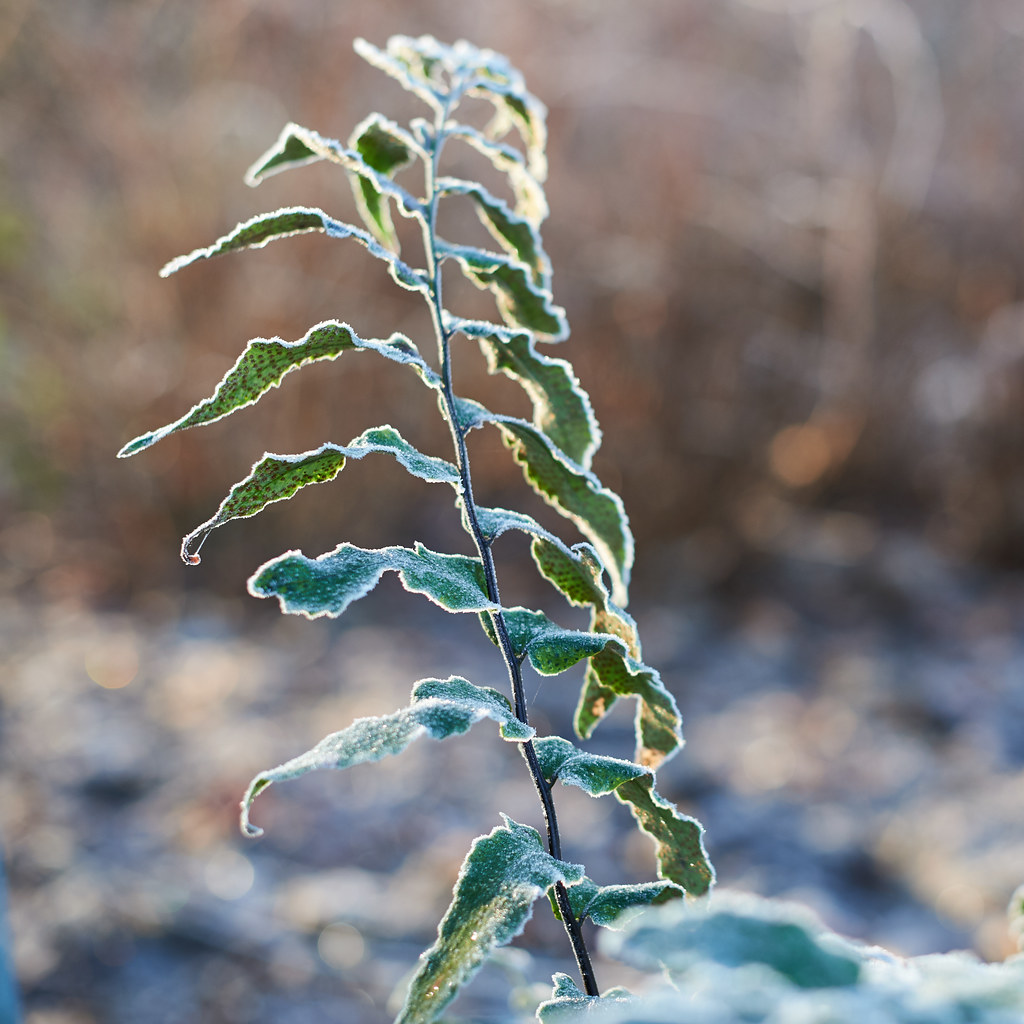
But cold is not the only danger! Winter means less water. If water is frozen, plants can’t get to it. So plants also have to survive without much water until spring.
There’s also less sunlight. So plants are getting less energy from the sun, even as they have to work harder to survive.
So how do plants survive the cold, little water and little sun? Two common strategies are making seeds and making fat roots. A few plants, like evergreens, have special leaves that can stay alive.
Seeds
Some plants die in the fall, but not before making lots of seeds. The individual plants might not survive, but their children will grow when spring comes! These plants are called annuals, which means ‘yearly,’ because their life cycle lasts just one year.
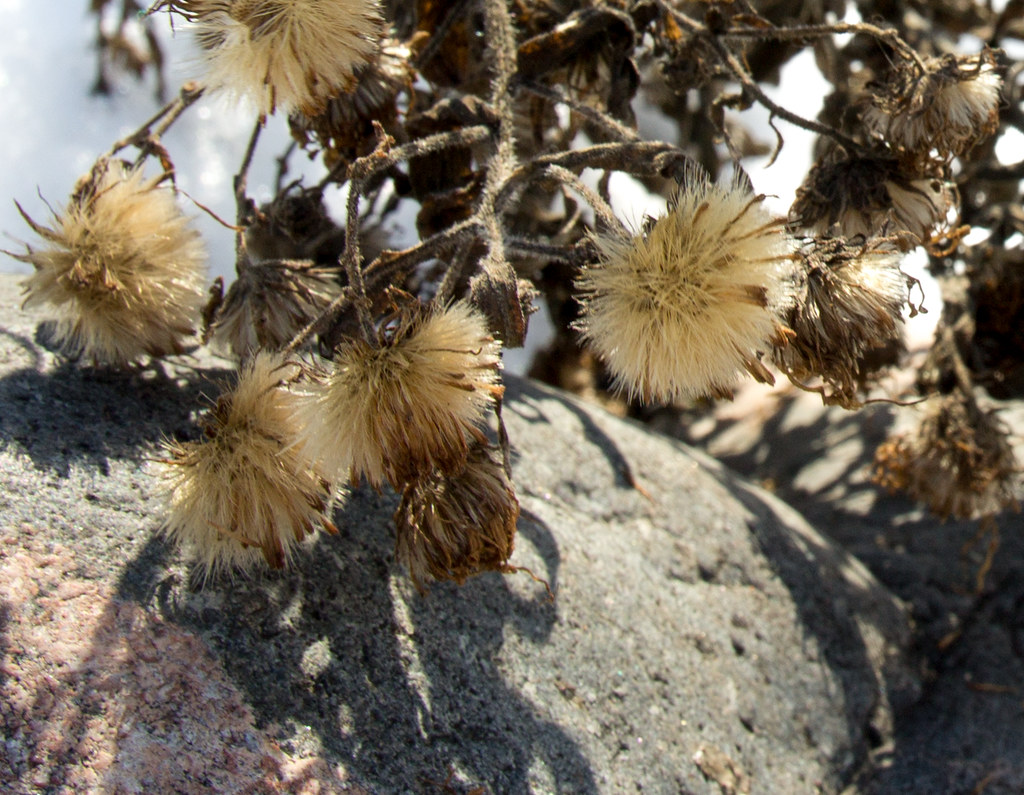
Seeds can wait a long time before they sprout, waiting for a sign that it’s safe to grow: they might wait for sunlight, more water, or even a bird pecking them open before they start sprouting.
You can learn to identify plants even in winter, by the shape of their seed heads! Because seeds come from flowers, a plant’s summer flowers often have a similar shape as their seed heads. I love watching plants change through the season. It is fun and helps me find useful plants.
Practice matching winter and summer plants with this game:
Make fire with seed heads
Humans have strategies for surviving winter too. One is fire!
To start a fire, you need light, fluffy, dry material called tinder. People today might use cardboard or paper. That works well if you have matches. But what about before paper or matches existed?
One way to start a fire without matches is using flint and steel to make a spark. These sparks only last a second, so they need to land on something that catches fire very easily. Another way is to make a friction fire with wood (see the video above). Friction fires make a small, delicate coal. Those coals also need very light tinder to catch fire and grow.
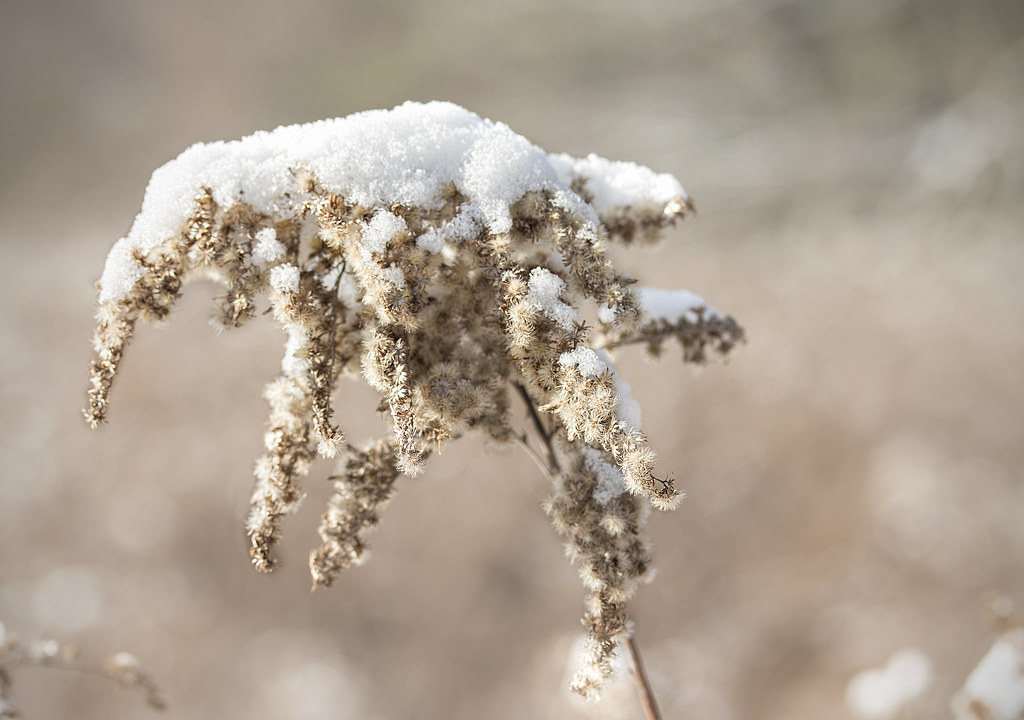
Fluffy winter seeds are good tinder for these fires! We like to use goldenrod, like in the picture above. They usually need to dry inside for a few days before they will catch a spark.
Your turn:
Collect some goldenrod seed heads and dry them out. Next time you build a fire, try using them as tinder. How do they work? How fast do they light?
Roots
Some plants live multiple years. They are called perennials, which means something that comes back over and over. One way to do that is to make a fat, sugary root!
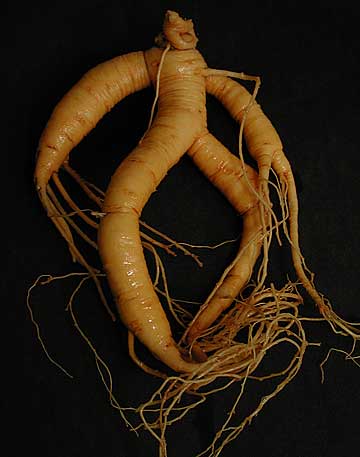
Underground is a safe place to be in winter. The freezing and frost on the surface only reaches a little ways underground. Leaves, mulch or snow can also protect the ground from getting too cold. Deep in the soil, it feels more like a refrigerator than a freezer.
Plants make food from the sun. In the fall, some perennials put the food in their roots, saving it for later. If you’ve ever eaten a potato or a carrot, you have benefited from this! Those tubers were the plants’ way of saving food for spring (or your belly).
When it’s safe to come out in spring, fresh stems and leaves will sprout from the root.
Make Fire Cider with Horseradish
Horseradish is one plant that makes a big root. Its root can be good medicine for fighting winter colds! Try making this spicy plant medicine. Next time your head feels stuffy, it will help clear it out. Try it as a salad dressing or in water.

Fire Cider Recipe:
Ingredients:
- 3 cups apple cider vinegar
- 1/2 cup grated horseradish or garlic mustard root
- 1/8 cup garlic , chopped
- 1/2 cup wild leeks, chopped (or chopped onions)
- 1/2 cup of grated ginger
- 1 tsp. cayenne
Instructions:
Place all ingredients in a 4 cup mason jar and fill with apple cider vinegar leaving some space. Be sure all ingredients are mixed well. Cover.
Steep for 8 weeks in a dark, cool location.
Strain into clean jar. Then store in a dark location up to one year.
Our friends at United Plant Savers recorded this class if you’d like more detailed instructions:
Staying low
A few plants stay alive and green by keeping their leaves low to the ground. Cuddled up to the warmer earth, they might be sheltered by dead leaves. Less cold air reaches them. These plants often only live for two years or so.
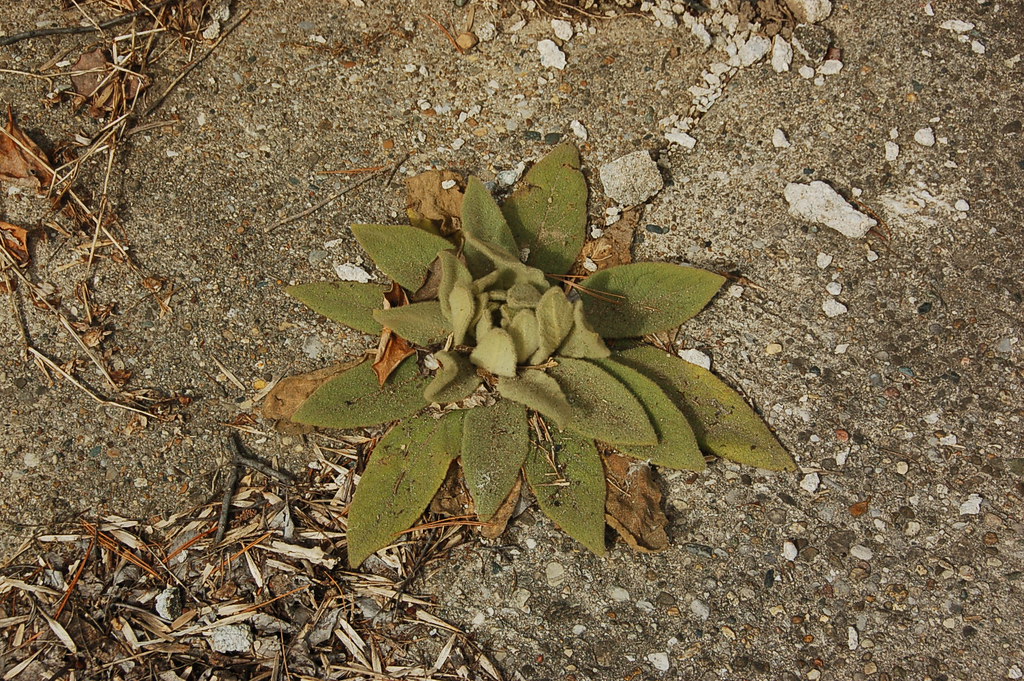
Gather chickweed for winter salads
This little plant grows in yards and gardens. Some people think it is a weed. I think it is delicious!
Chickweed is an annual, but sometimes you see it grows anyway. Its seed sprout quickly, and it is so low-lying that it can be protected by the cold by hills and leaves.
Try gathering chickweed to add to your salads. Here’s how to recognize it:

Leaves: pointed and oval shaped, opposite growth pattern (that means they grow directly across from each other)
Flowers: Chickweed flowers are very small, they have 5 double-lobed white petals. Double lobed means divided in two, so it might look like they have 10 petals
Parts to eat: leaves, stems, and flowers are all edible and can be eaten raw. Try adding them to your next salad.
Evergreen trees
Most plants stop doing anything in winter. They stop photosynthesizing, prepare their seeds or roots, and wait. But not evergreen trees!
It takes a lot of energy to make leaves and needles. Evergreen trees don’t want to waste that energy by dropping leaves. So they make special needle-shaped leaves that are protected from cold and dryness.
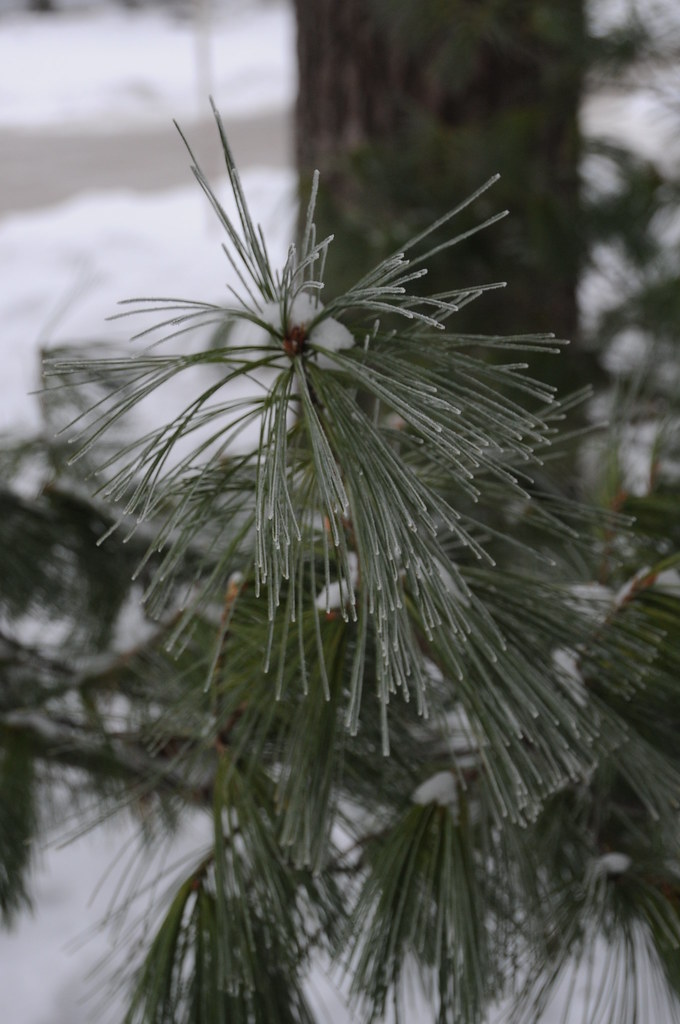
Needles are a better shape for holding onto water. Why? They have less surface area.
Think about hanging up a towel to dry. You want to hang it flat and spread out. More of a flat towel is exposed to the air, so it dries faster. But if you ball the towel up on the bathroom floor, it will stay wet for a long time! Less of its surface is exposed.
A typical leaf is like the flat towel. An evergreen needle is like the balled up towel.
Evergreen needles also have a special wax on them that keeps water from evaporating. It’s like covering food with plastic wrap so it doesn’t dry out. If you’ve ever touched an evergreen needle, you’ve felt this wax! It’s why needles feel heavier than typical leaves.
Make Pine Needle Tea
Historically, plants and vegetables were the hardest food to find in winter. Humans ended up eating more meat (because there were still animals to hunt) or more grains (because you could store grain for a long time). But we need the nutrients in plants to be healthy.
Sailors used to have this problem too, because there are no plants at sea. Without enough vitamin C from vegetables, they got a disease called scurvy that made their teeth fall out. They started bringing limes with them to stay healthy.
Teas are a great way to get plant nutrients in winter! The garden might be dead, and pine needles don’t make a great salad. But boil the pine needles in water, and you’ll get a tasty tea with plenty of vitamin C. You can add lemon and honey, too.
Here’s how to identify white pine:

Needles: come in bundles of five, 3-5 inches long, bluish green, with fine white lines also called stomatas.
Cones: 3-6 inches long, thinning out near the tip, with cone scales without prickles and light tan to whitish in color on outer edge of the scales.
Your Turn
Try collecting some winter plants for warmth or food! In this post, we’ve showed you how to:
- Start a fire with goldenrod
- Make fire cider with horseradish
- Make a salad with chickweed
- Make tea with pine needles
Choose one and try it! How did it go? Was it hard or easy to find the plant? How did it taste?